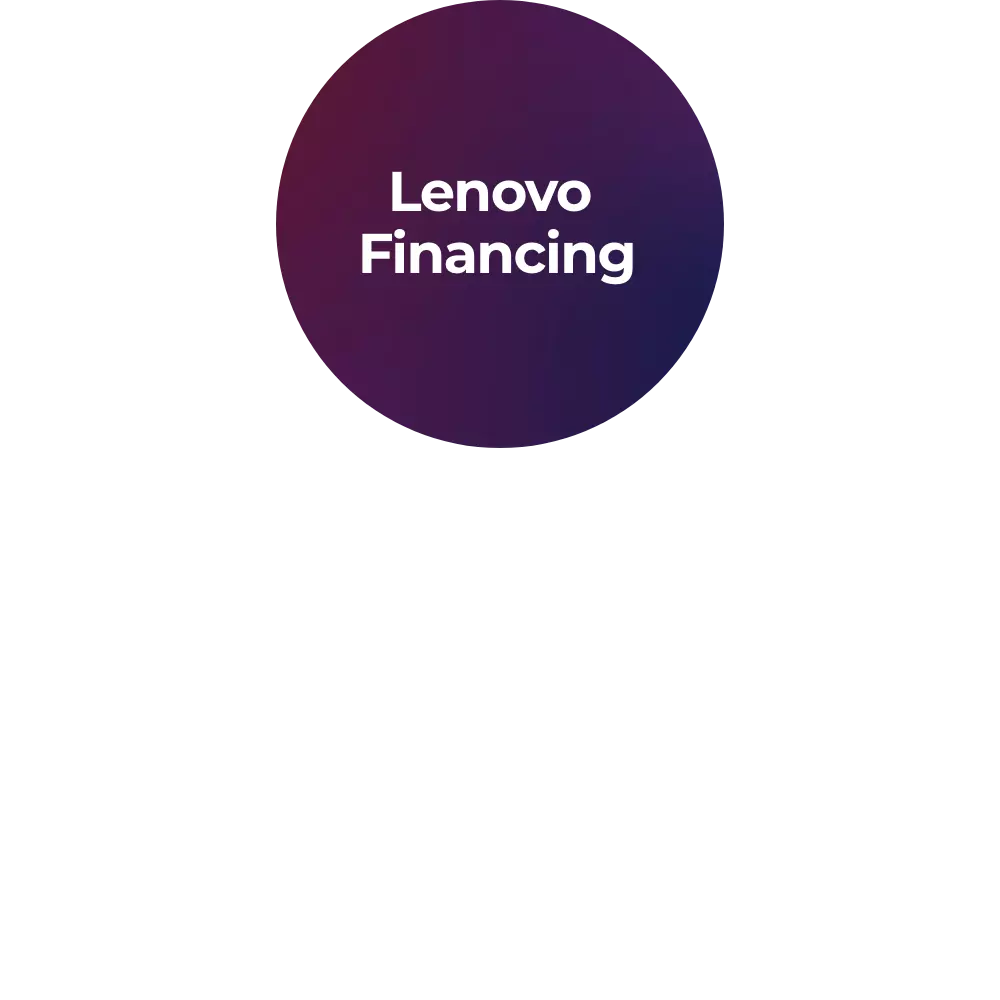How does the <i> tag differ from the <em> tag?
While both <i> and <em> can make text italic, the key difference lies in their semantic meaning. The <i> tag is purely presentational, indicating that the text should be in italics for stylistic reasons. On the other hand, the <em> tag emphasizes the importance of the enclosed text, adding a level of semantic meaning beyond just visual styling. So, if you want to emphasize text for reasons other than visual style, <em> is more appropriate.
Can I use the <i> tag for all italic text, or are there specific cases when I should avoid it?
You can use the <i> tag for general italic styling, but it's essential to consider semantic meaning. If your goal is to emphasize text with no specific semantic importance, <i> is fine. However, if the italicized text carries importance or relevance to the document's structure, it's better to use more semantic tags like <em> for emphasis or <cite> for citations. Using the appropriate tag ensures both visual consistency and meaningful structure in your HTML.
How does the <i> tag relate to cascading style sheet (CSS) and styling?
The <i> tag primarily deals with inline styling, applying a simple and direct styling rule to text. However, with the evolution of web development practices, the use of CSS for styling has become more prevalent. Instead of relying on the <i> tag, web developers often use CSS classes or styles to achieve italic text. This approach provides more flexibility and separation of concerns by keeping the presentation logic in the CSS file rather than embedded within the HTML.
How can I combine the <i> tag with other HTML tags for more complex formatting?
The <i> tag can be combined with various other HTML tags to achieve more complex formatting. For example, you can nest it within a <p> tag to italicize a specific paragraph or use it within a heading (<h1>, <h2>) to emphasize part of a heading. Combining <i> with other tags allows you to apply italic styling precisely where you need it, providing flexibility in formatting your content.
Does the <i> tag have any impact on accessibility and screen readers?
Yes, it does. When using the <i> tag for purely presentational purposes, it's crucial to consider how it may affect accessibility. Screen readers may not interpret the visual styling, so relying solely on <i> for important content may lead to a loss of meaning for users with disabilities. To ensure accessibility, use semantic tags like <em> for emphasis or <span> with appropriate ARIA attributes and roles if you need to apply presentational styling.
Can I use the <i> tag within the <title> element of an HTML document?
Yes, however, using the <i> tag within the <title> element is not often recommended. The <title> element is crucial for defining the title of the HTML document, and its content should be clear and concise. The <i> tag, being purely presentational, doesn't add any semantic meaning to the document title. It's best to keep the title straightforward and focused on conveying the main topic or purpose of the webpage.
How does the use of <i> differ in HTML5 compared to earlier HTML versions?
HTML5 maintains the <i> tag for backward compatibility, but it introduces additional semantic tags that are more appropriate in certain contexts. For example, the <mark> tag is now available to highlight text, offering a more specific alternative to using <i> for that purpose. Additionally, HTML5 encourages the use of semantic tags like <em> and <strong> for emphasis and strong importance, respectively, promoting better structure and accessibility in web documents.
Can I apply cascading style sheet (CSS) styles directly to the <i> tag, and how does it interact with external stylesheets?
Yes, you can apply CSS styles directly to the <i> tag. However, it's often more efficient to use classes or IDs to target specific elements, promoting a cleaner separation of HTML structure and CSS styling. External stylesheets, when linked correctly, can globally style <i> tags or any other elements, providing a consistent look across multiple pages. This modular approach simplifies maintenance and allows for easier updates to the overall styling of your website.
How does the <i> tag contribute to responsive web design, considering various devices and screen sizes?
The <i> tag itself doesn't have a direct impact on responsive web design, as it's primarily concerned with text styling. However, when integrated with responsive CSS practices, such as media queries, you can ensure that your italicized text adapts to different screen sizes. For example, you might adjust font sizes or spacing to enhance readability on smaller screens, creating a more user-friendly experience across various devices.
Can I use the <i> tag alongside other styling elements like <span> or <div> for more comprehensive text formatting?
Combining the <i> tag with other styling elements like <span> or <div> allows you to create more intricate text formatting. For instance, you can wrap a specific portion of text in <span> to apply additional styling, such as changing the font color or adding a background color. Similarly, using <div> with <i> enables you to create styled text blocks. This flexibility helps achieve a diverse range of visual effects while maintaining a structured and organized HTML document.
How can I apply the <i> tag to inline elements other than text, such as images or links?
While the <i> tag is primarily used for text, you can apply it to inline elements like images or links within text content. For links, you can wrap the entire anchor (<a>) element with <i> to italicize the linked text. When dealing with images, placing the <i> tag before or after the <img> tag within a paragraph can add italic styling to the image caption or description. This method allows you to extend the use of the <i> tag beyond text elements when needed.
How does the <i> tag interact with different web browsers, and are there any compatibility considerations?
The <i> tag is widely supported across all major web browsers, including Chrome, Firefox and Edge. Its consistent support makes it a reliable choice for adding italic styling to text. However, it's essential to stay informed about web standards and browser updates to ensure ongoing compatibility. As of now, using the <i> tag for italic text remains a dependable and cross-browser compatible approach for achieving visual styling in your web content.
Can I use the <i> tag within forms, and are there any considerations for styling form elements?
Yes, you can use the <i> tag within form elements for italicizing text content, such as labels or descriptions. However, when styling form elements, it is crucial to maintain a user-friendly design. Applying italics to form labels may be suitable for stylistic purposes but ensure that it does not compromise the clarity of the form. Consider using additional styling or labels to clearly communicate instructions or required information, contributing to a more accessible and user-friendly form layout.














